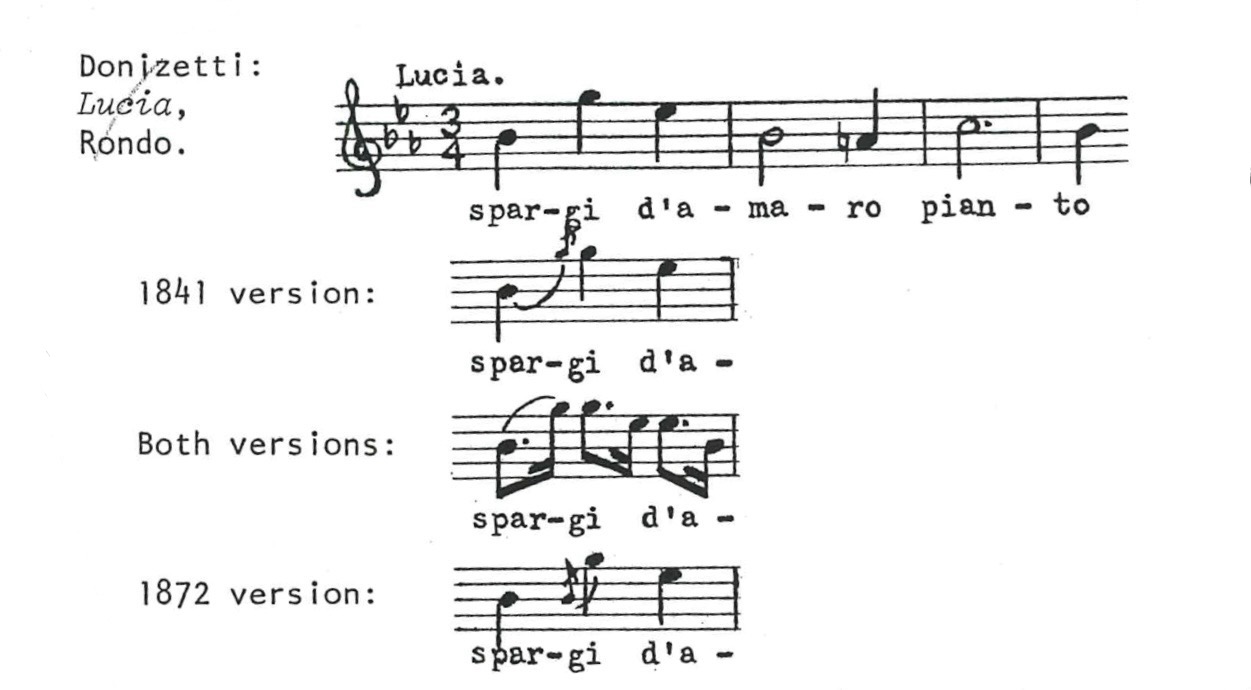Excerpts from García’s Art of Singing II (1847)1
These realizations of García’s instructions incorporate our embodied understandings through interactions with early recordings.
1 Garcia II Manuel, A Complete Treatise on the Art of Singing: Part Two, trans. Donald V. Paschke. (Da Capo Press,1975).
The Portamento
“The portamento is a means, by turns energetic or gracious, to colour the melody. Applied to the expression of vigorous feelings, it should be strong, full and rapid.” (Garcia, p 82)








Sighs and Sobs
“Sighs, in all their varieties, are produced by the stronger or weaker, longer or shorter rubbing of the air against the walls of the throat, either when one takes the air into the chest, or when one lets it out. Sobs are obtained by a short and jerky inhalation.” (Garcia, p 145)








Tenderness and Affection
“The choice of the timbre will never depend on the literal meaning of the words, but on the movements of the soul which dictates them. In prayer, timidity, pity, the voice should be moving and slightly covered. Sometimes the noise of the breath is mixed with it in the feeling of tenderness.” (Garcia, p 155)
“The gentle and affectionate character which the vocal organ takes to express love partakes more of the clear timbre than of the sombre timbre.” (Garcia, p 158)


Frank Gaiety
“In joy, the timbre becomes vivid, brilliant and supple.” (Garcia, p 158)


Religious Exhaltation
“Warlike or religious exhaltation round the voice while making it clear and brilliant.” (Garcia, p 156)

Grief
“Restrained threat, profound grief and repressed despair take a hollow timbre. The accents of grief are shaded. Terror and mystery muffle the tones and make them sombre and raucous.” (Garcia, p 156)

Header Image: Edison’s phonograph, Experimental Dept., Orange, N.J. New Jersey, 1892. Sept. 24. Photograph. Library of Congress.
